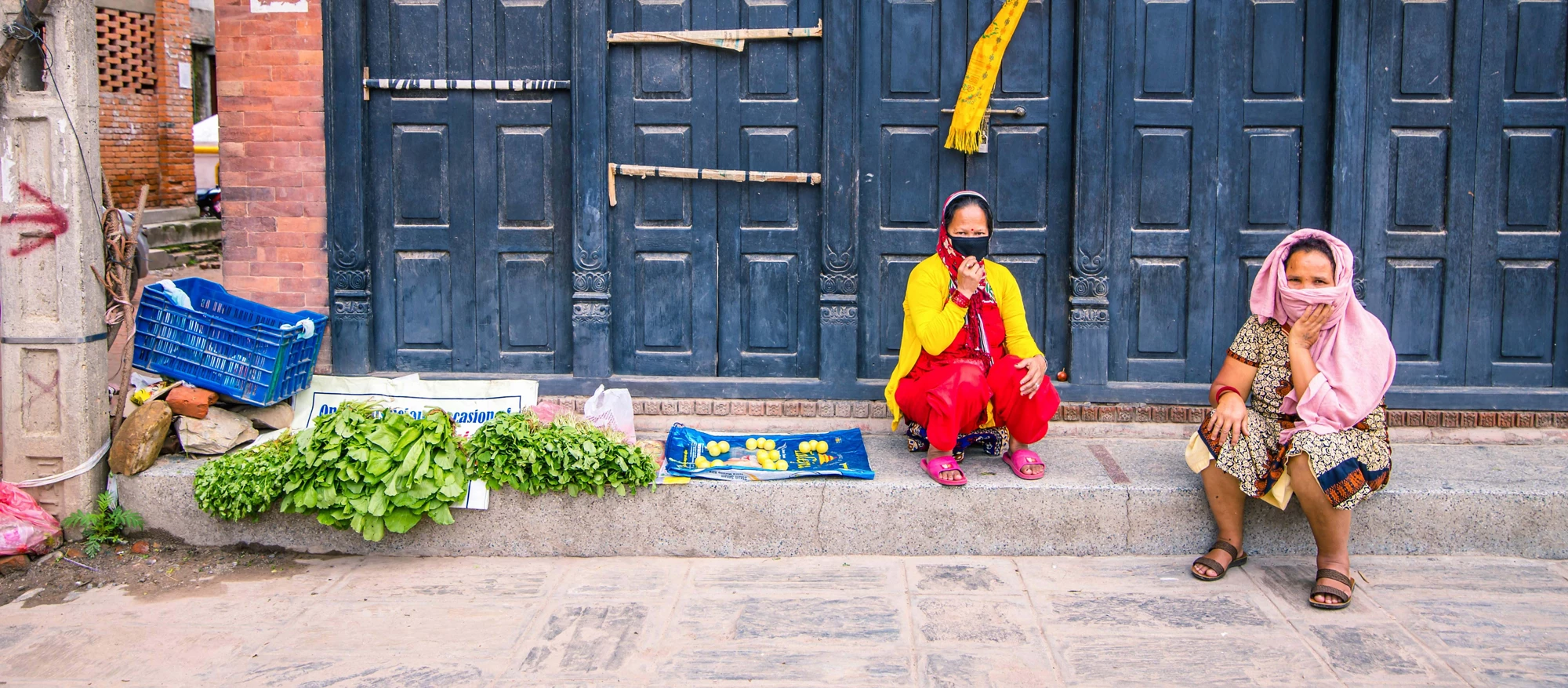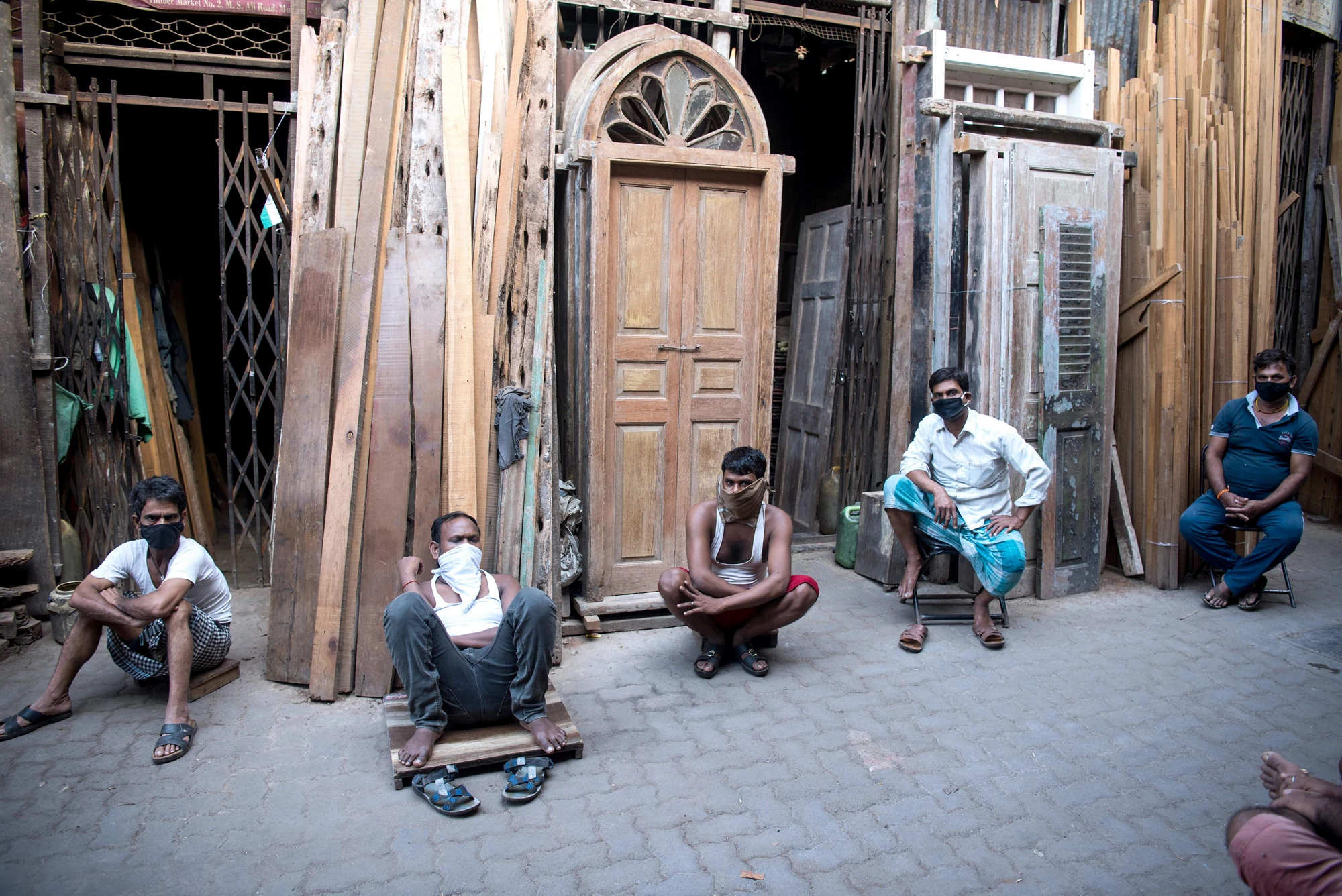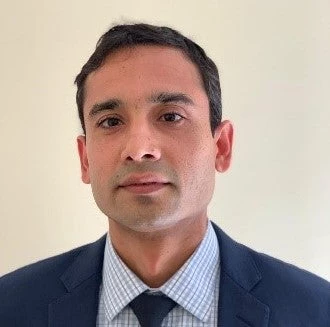 The lack of social protection in the informal sector keeps informal workers vulnerable and with few prospects for better jobs. Photo: Shutterstock
The lack of social protection in the informal sector keeps informal workers vulnerable and with few prospects for better jobs. Photo: Shutterstock
Informal employment, which includes temporary workers, day laborers, service, or domestic workers, has long been associated with underdevelopment. Following the same logic, informality is expected to disappear gradually as countries further develop and prosper.
Yet, despite decades of sustained high growth, South Asia's informal sector shows little sign of abating—even increasing in some cases. More than 80 percent of all South Asia's workers engage in informal activities, and more than 90 percent of the region's businesses are informal.
Even in many formal firms, a large proportion of employment consists of informal workers. In Bangladesh and Pakistan, informal workers are the majority within formal firms.
A large informal sector, and conversely a small formal one, is a development concern. It limits the tax base as many informal firms remain below income tax thresholds. The lack of social protection in the informal sector keeps informal workers vulnerable and with few prospects for better jobs. Informal firms lack legal protection and collateral needed to access credit, curtailing their productivity, business expansion, and overall economic growth.
More than 80% of all South Asia's workers engage in informal activities, over 90% of the region's businesses are informal
COVID-19 has aggravated the situation, hitting the hardest informal workers and firms. In India, informal workers bore the brunt of the initial shock as over 44 percent were without a job in April 2020. Within the informal sector, casual or temporary wage workers were more likely to lose employment than self-employed workers, regardless of industry, location, education, or caste.
In our recent report, Beaten or Broken, we describe how COVID-19 has made it more difficult for the informal sector to modernize and improve its growth prospects. We also argue that merely expanding current policies is not enough to support the informal sector and that deeper structural reforms are needed.
But implementing policies should start by acknowledging the vast heterogeneity in the informal economy.
While the poor have suffered severely during the crisis, many informal workers in the middle of the income distribution also experienced a large drop in earnings. For Bangladesh, India, and Pakistan, the poorest third of the population relying on the informal economy lost 9, 13, and 16 percent of their incomes, respectively. Losses for the informal population in the middle third of the distribution were almost similar at 11, 7, and 16 percent, whereas the richest 33 percent suffered less severe losses.
Overall, informal workers, no matter their income level, suffered more massive losses than formal workers.
Relief measures should take this into account. While expanding current income or in-kind transfers and public works programs may suffice to protect some informal workers, such programs usually rely on poverty thresholds, leaving behind informal workers who don't meet these criteria. Policymakers could consider loosening the conditions for eligibility.
Similarly, relief programs for firms usually rely on formal channels, such as big banks, which may not reach most small and micro firms. Policymakers should also consider providing relief to distressed firms through alternative channels, such as microfinance institutions.
Being selective will become increasingly important to avoid propping up firms that are not viable in the post-COVID economy. Recovery policies will need to be tailored to the specific constraints affecting different firms, such as lack of capital, limited access to skills, or markets.
Current support measures reveal biases against informality and call for structural reforms. Formal workers or firms can access resources that are beyond the reach of their informal counterparts. For example, working from home is a realistic possibility only for a small share of formal workers at the top of the earnings distribution.
Formal workers or firms can access resources that are beyond the reach of their informal counterparts
Similarly, large firms are more likely to have access to credit, even if they're not profitable. The informal sector faces a more precarious situation. As former wage workers became self-employed during the crisis, many generated an income close to subsistence levels. Access to credit or other forms of support found in the formal sector, such as social insurance, is quite limited for informal workers. Often, their savings are not sufficient to help them cope with a crisis: only 30 percent of Indian households report being able to survive one month or more without additional assistance .
The COVID-19 crisis has laid bare complex structural problems in the informal sector. The challenge for policymakers is to provide relief to the informal sector in the short run and design universal social protection systems in the longer run. More generally, policies could actively support productivity and human capital in the informal sector, rather than hoping that the formal sector will gradually absorb informal activities.





Join the Conversation